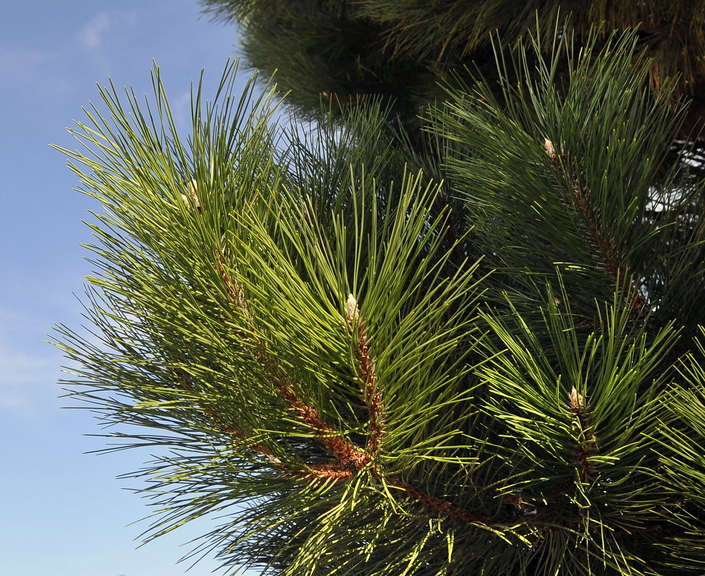CONCORD, N.H. — A fungus targeting white pine forests has mutated and poses new threats more than a century after it first hit the United States, American and Canadian scientists said Thursday.
A mutant form of white pine blister rust was discovered by Cornell University researcher Kerik Cox in 2011 in Connecticut. After two years of study, scientists now believe a large number of host plants — called ribes — previously thought to be immune to the fungus are susceptible. Ribes include valuable niche crops like black currants and gooseberries that are used in products from jam to vodka.
Spores from infected ribes are carried by wind to the pines where the fungus invades the tree, eventually killing it.
“This is a problem both for the forest industry and for growers (of ribes),” said Isabel Munck, a plant pathologist for the U.S. Forest Service based in Durham, N.H. She estimates up to half the plants previously thought to be immune have been found to be infected.
When the fungus first hit in 1909 and spread outward from New York state, a massive eradication effort including a federal ban on planting ribes, helped stem the destruction. Still, within 13 years, about half the pines in New Hampshire were infected by the fungus, which is native to Asia and is believed to have hitchhiked here on an infected pine seedling from Europe.
Philippe Tanguay, a molecular forest pathologist with the Canadian Forest Service, said a genetic fingerprint of the new discovery determined it was a mutation of an existing strain of blister rust and not a new strain.
Several states, including New Hampshire, Maine and Massachusetts, still ban the planting of certain varieties of currants and other ribes. In light of the 2011 discovery, New Hampshire will add the previously immune plants to the banned list, and Munck said other states may follow.
There are other treatments including fungicides used on ribes, pruning of infected pine branches or removal of trees, she said.
It’s a worry in timbering states like New Hampshire and Maine and in Canada.
“Pine is still the king in New Hampshire,” said Kyle Lombard, the state’s forest health program manager. “We grow and cut more pine in New Hampshire than any other tree species.”
Eastern white pine is native to eastern North America. It ranges as far north as the Canadian Maritimes, westward to the Great Lakes and as far south as Mississippi. Munck said scientists are just getting a handle on the mutation and part of the early effort will focus on outreach to other states.
“This is all brand new,” she said.
Send questions/comments to the editors.



Success. Please wait for the page to reload. If the page does not reload within 5 seconds, please refresh the page.
Enter your email and password to access comments.
Hi, to comment on stories you must . This profile is in addition to your subscription and website login.
Already have a commenting profile? .
Invalid username/password.
Please check your email to confirm and complete your registration.
Only subscribers are eligible to post comments. Please subscribe or login first for digital access. Here’s why.
Use the form below to reset your password. When you've submitted your account email, we will send an email with a reset code.